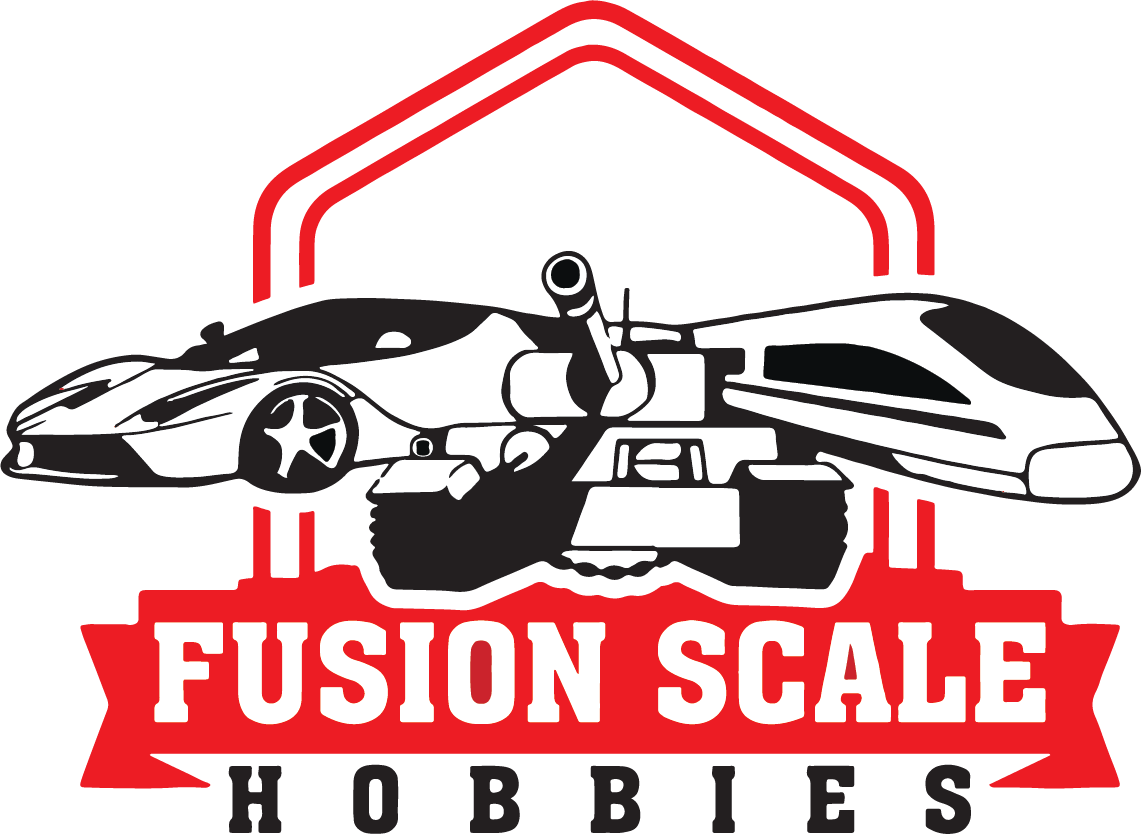
Estes Low Boom SST (English Only) Skill EXP
 Estes Low Boom SST (English Only) Skill EXP
$23.64
/
Estes Low Boom SST (English Only) Skill EXP
$23.64
/

Your payment information is processed securely. We do not store credit card details nor have access to your credit card information.
The Problem with Supersonic Transport
In an era of aerospace marvels, the supersonic transport (SST) stood out. By the mid-1960s, multiple nations were chasing the goal of an SST passenger jet. Imagine traveling from New York to L.A. in less than two hours – it was the verge of a revolution in air travel! But there were problems.
Budget overruns and projections of enormous operating costs were limiting the passenger SST’s appeal. But the real death knell to an international fleet of SSTs was the excessive sound – these super-fast jets were simply too noisy.
The SST’s thunderous “sonic booms” – faster-than-sound shock waves – were critically loud. The excessive noise of the SSTs led to the banning of their activity over the continental US, with other nations following suit.
Supersonic flights were eventually limited to ocean routes, causing most nations to drop their SST projects. England and France jointly developed a single model which was produced in very limited numbers. In the end, the revolution never came.
A Solution to the Sonic Boom Problem
Fast forward to today. After decades of test flights and analysis, a solution may finally be at hand: The Low-Boom SST. By adjusting critical aspects of aircraft features like nose shape, fuselage length, wing surface area, engine output, etc., researchers can cut down the duration and power of the sonic boom. Nowadays, aviation engineers are safely flying "Low-boom" supersonic test aircraft and working on passenger jet designs.
Introducing the Low-Boom SST Model Rocket:
- Estes has created a 30-inch long, delta-winged model rocket of the next generation of quiet, super-fast passenger jets
- The Expert level kit includes balsa-constructed, underwing engine pods and detailed water-slide decals
- Launch the Low-Boom SST on a C6-3 engine. Watch it climb to 400 feet before gently returning under a large 15-inch parachute
- The Low-Boom SST model rocket is a glimpse into a potential SST revolution
The SST revolution might be on its way after all!









